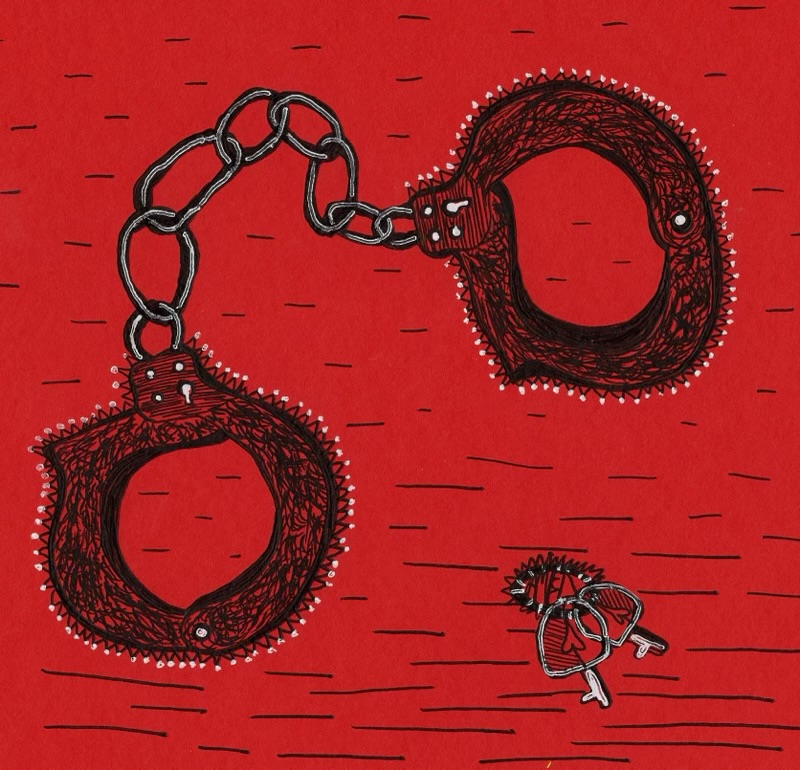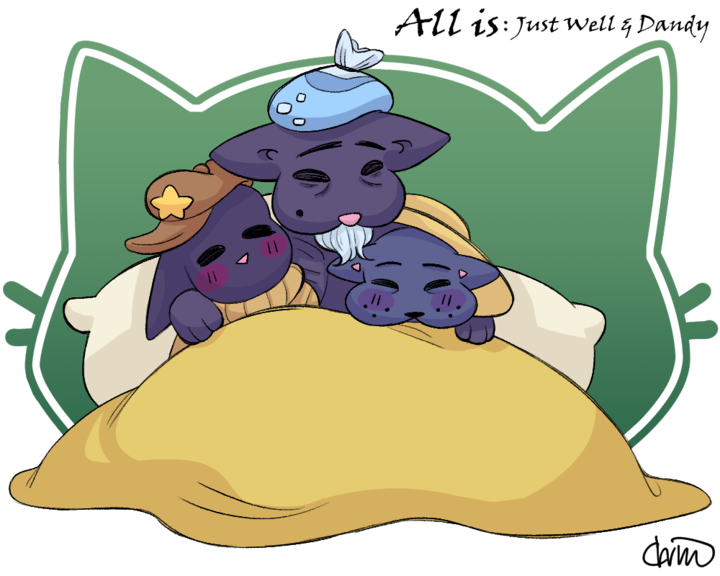BDSM – bondage and discipline, dominance and submission, sadism and masochism – has notoriously been considered “other” or “deviant” within society. When practiced healthily, BDSM is simply another form of expression – it’s not weird, just different.
Stigmas are negative perceptions of a particular group that deviate from perceived norms, which can result in discrimination and negatively impact one’s well-being and interpersonal life — ultimately inducing hate rather than empathy.
Given how the media presents BDSM participants through the influence of pop culture such as “Fifty Shades of Grey,” BDSM is understood through a narrow lens, according to the National Library of Medicine.
Brad Sagarin, professor of Social Psychology, shared the counterproductive and harmful uses of the negative stigma surrounding BDSM along with the importance of handling BDSM activities with caution.
“While I don’t think that stigma is necessarily the right approach, I do think that some caution is appropriate,” Sagarin said. “Particularly if people are going to be taking part in activities that do carry physical or psychological risks, it’s good for them to do some research and potentially take some classes to learn how to do the activities as safely as possible.”
With more research, education and awareness, destigmatizing BDSM is possible and something we should aim for. While some stigmas are created due to inaccessible information, some exist due to historical events and characterizations.
The DSM-5, clinical psychology’s handbook for mental diagnosis, includes a category labeled “sexual paraphilic disorders.” Often these paraphilias — kinks, fetishes —overlap with the BDSM community’s interests. Before the update in 2013, atypical sexual behavior was considered a disorder.
Valencia Baez, a senior illustration major, shared the long-term effects on social perceptions from the DSM-5’s categorization of BDSM activities as a disorder.
“I feel like in some states they find it like, abusive, you know, like, the differentiation between pleasure and abuse,” Baez said.
At one point, BDSM partakers were criminalized, but the 2013 DSM-5 update established atypical sexual interests as not a disorder.
The requirement for a paraphilic disorder entails distress or a desire or behavior involving another person’s psychological distress or severe injury or involves an unwilling or unconsenting person, according to the American Psychiatric Association.
The way the DSM-5 influences normative behavior is notable, as it manipulates the reality we live in and exacerbates perceptions of right and wrong. At one point, homosexuality was classified as a mental disorder, which has a lot to do with negative stigmas that still exist today.
It’s hard to change social perceptions, especially given periods where non-accurate ideas were noted as scientific facts.
The world of BDSM is complex, and its benefits should be recognized.
BDSM can provide health and social benefits, such as reduced stress and deepened trust and connection with one’s partner. A study by NIU researchers provided insight into the ways BDSM can reduce cortisol levels, our stress hormone, according to the Journal of Positive Sexuality.
“Research has shown that when it’s done consensually and between partners who have communicated and negotiated, it can bring partners closer together and reduce stress,” Sagarin said.
Strong communication skills prioritize safety and consent promote healthy sexual encounters — without them, sexual encounters can get dangerous and inhumane. Safe words and boundaries are crucial components of BDSM and general sexual encounters.
Baez highlighted the importance of consent.
“Even in vanilla sex you know, you have to have, I mean, not a code word or safe word, but, like, consent because the other person, maybe they’re not, like, feeling it, and then you start doing it, and then you traumatize them,” Baez said.
It’s important to critique and reflect on our own biases influenced by the strict enforcement of normativity from social institutions.
Explore the alluring depths of BDSM and go out there and play with your partner if you wish to — safely and with consent of course. Hopefully, we can unleash the negative stigma surrounding BDSM one spank at a time.
















